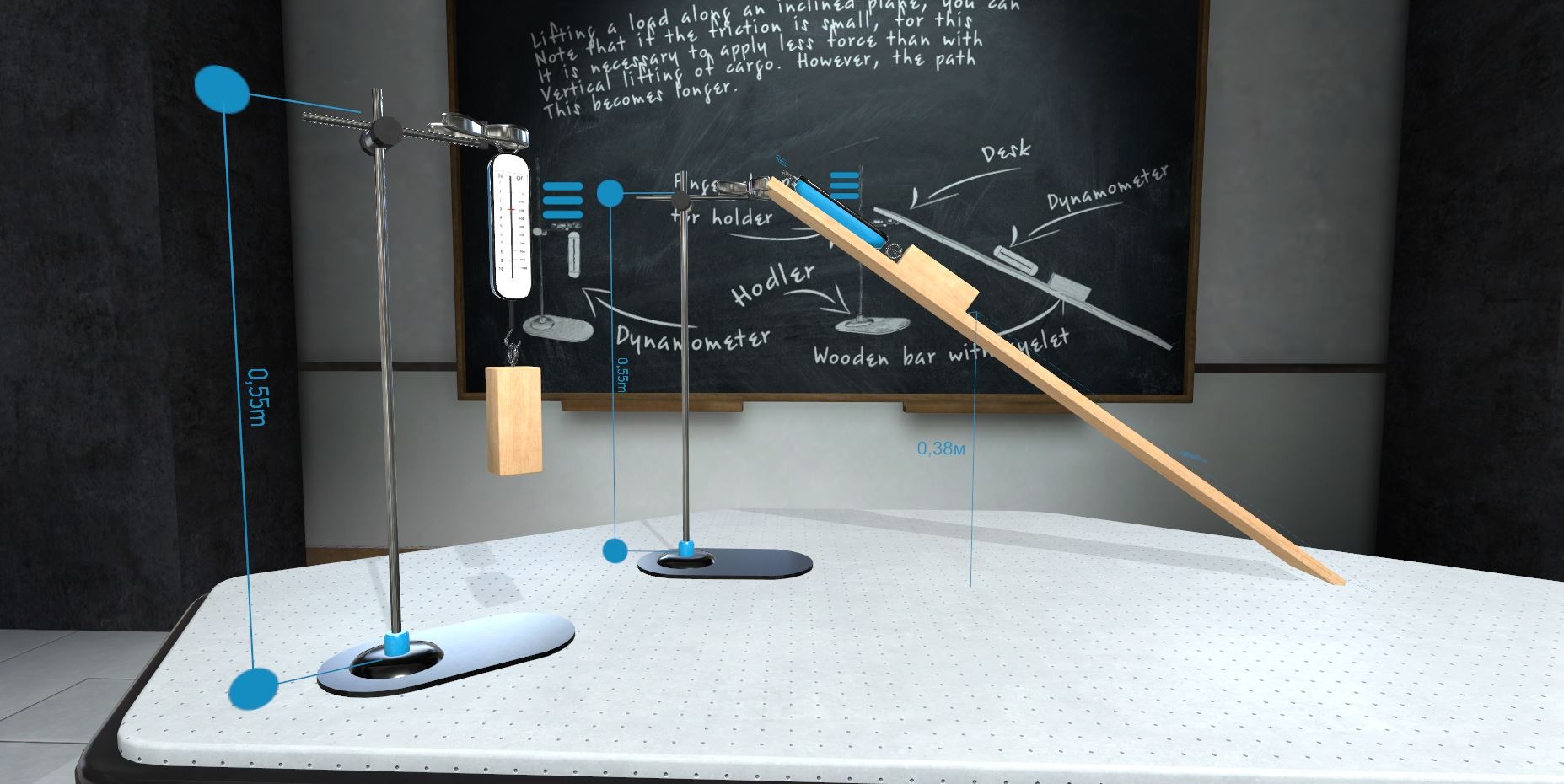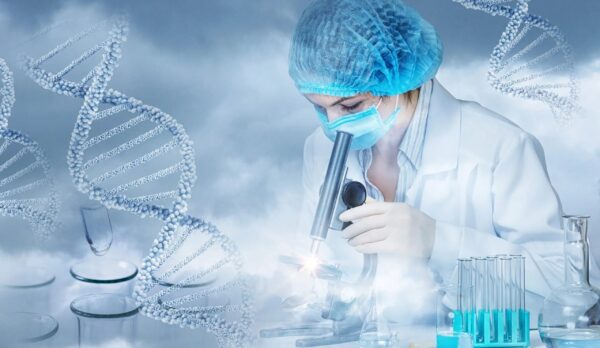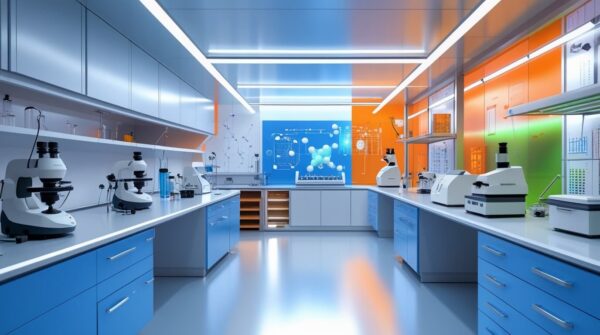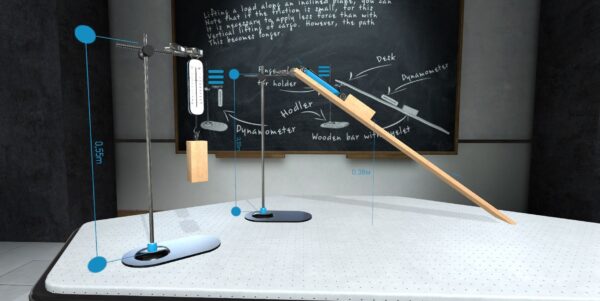Physics Labs: A Comprehensive Overview

Physics labs are essential spaces where theoretical concepts come to life through experimentation and observation. They provide hands-on experience that deepens understanding of physical laws and phenomena. From basic educational setups to advanced research facilities, physics labs play a crucial role in education, innovation, and scientific discovery.
Educational physics labs are designed primarily to teach foundational principles of physics. These labs are common in schools, colleges, and universities and emphasize practical learning through experiments.
-
Basic apparatus such as springs, pendulums, lenses, resistors, and simple circuits
-
Focus on classical mechanics, optics, thermodynamics, and electromagnetism
-
Emphasis on measurement techniques, data collection, and error analysis
-
Measuring acceleration due to gravity using pendulums or free-fall apparatus
-
Verifying Ohm’s law with electrical circuits
-
Investigating the behavior of lenses and mirrors in optics
Research physics labs are specialized environments aimed at advancing scientific knowledge. These labs often focus on specific branches of physics and use sophisticated equipment.
-
: Study the properties of solids and liquids using cryostats, spectrometers, and electron microscopes.
-
Nuclear and Particle Physics Labs: Employ particle accelerators, detectors, and radiation sources to explore atomic nuclei and fundamental particles.
-
: Analyze cosmic phenomena, simulate space conditions, and develop instruments for astronomical observations.
-
: Investigate ionized gases with vacuum chambers, magnetic confinement devices, and lasers.
Computational physics labs focus on simulations and mathematical modeling to solve complex physical problems that are difficult to replicate experimentally.
-
High-performance computing systems and specialized simulation software
-
Modeling of quantum systems, fluid dynamics, and material properties
-
Visualization tools for interpreting large datasets
These labs are equipped with cutting-edge instruments for precise measurements and specialized research applications.
-
Electron microscopes for nanoscale imaging
-
Spectrophotometers for analyzing light spectra
-
Laser systems for experiments requiring coherent light sources
-
Atomic force microscopes for surface characterization
These labs apply physics principles to other scientific and engineering fields, solving practical problems and developing new technologies.
-
: Develop and optimize imaging techniques like MRI and CT scans, and radiation therapy methods.
-
: Design and test new materials with desired mechanical, electrical, or thermal properties.
-
: Monitor atmospheric conditions, pollution levels, and climate change effects.
| Lab Type | Main Focus | Typical Equipment/Activities |
|---|---|---|
| Educational Physics Labs | Teaching basic physics concepts | Springs, pendulums, basic circuits |
| Research Physics Labs | Specialized scientific research | Cryostats, accelerators, detectors |
| Computational Physics Labs | Simulations and numerical modeling | Computers, simulation software |
| Advanced Instrumentation Labs | High-precision measurements | Microscopes, spectrophotometers, lasers |
| Interdisciplinary Labs | Applied physics in other fields | Imaging devices, environmental sensors |
-
Reinforce theoretical knowledge through practical application
-
Develop critical thinking and experimental skills
-
Enable scientific discovery and technological innovation
-
Support interdisciplinary collaboration and real-world problem solving
Physics labs, whether educational, research-oriented, computational, or applied, are vital to the advancement of science and technology. They provide the tools and environments necessary for exploring physical phenomena, training future scientists, and driving innovation across multiple disciplines.




